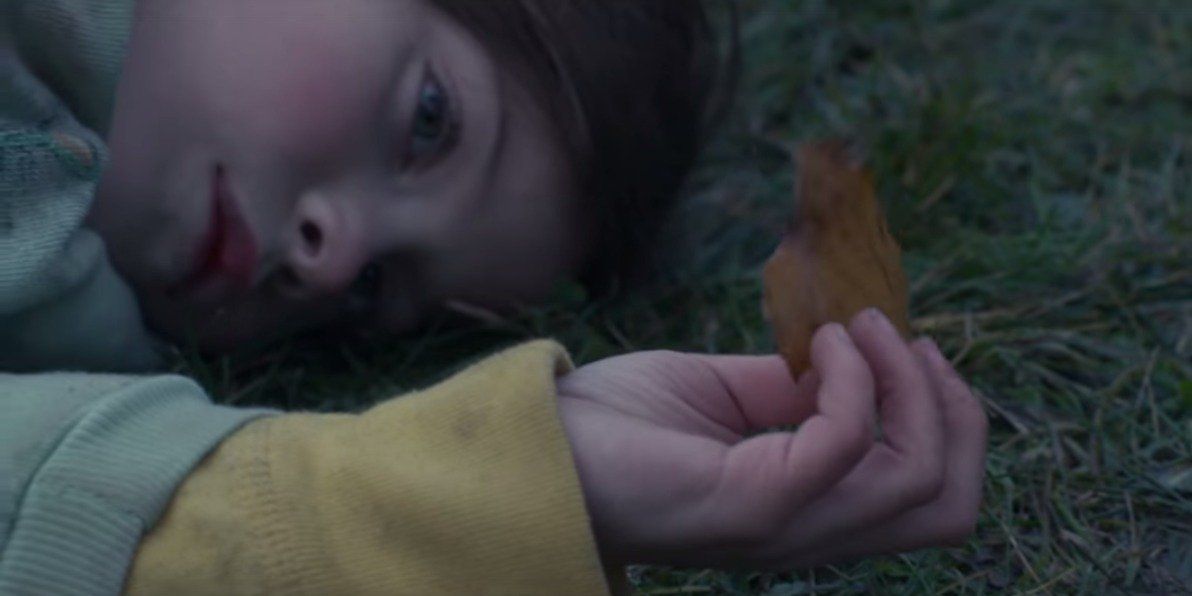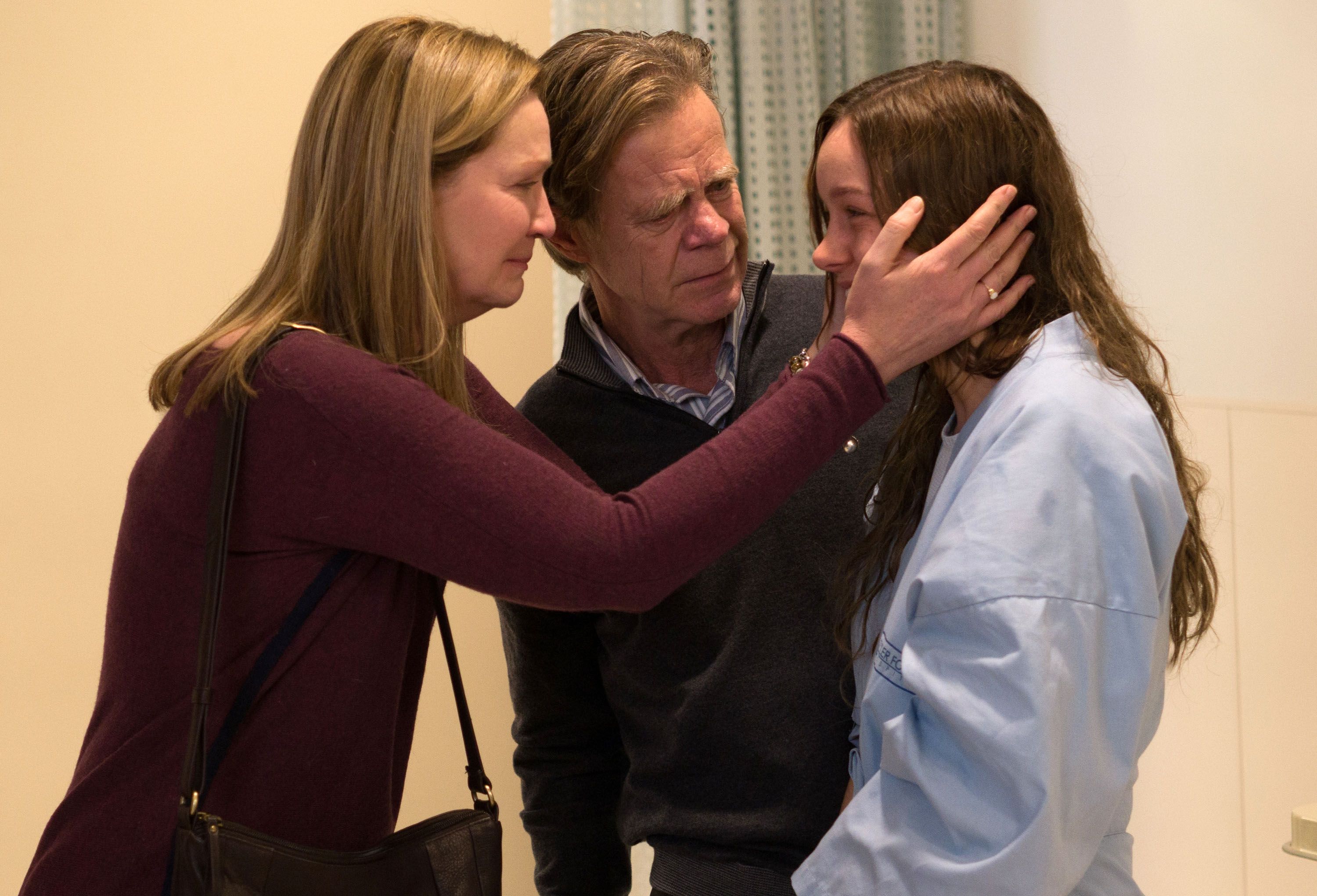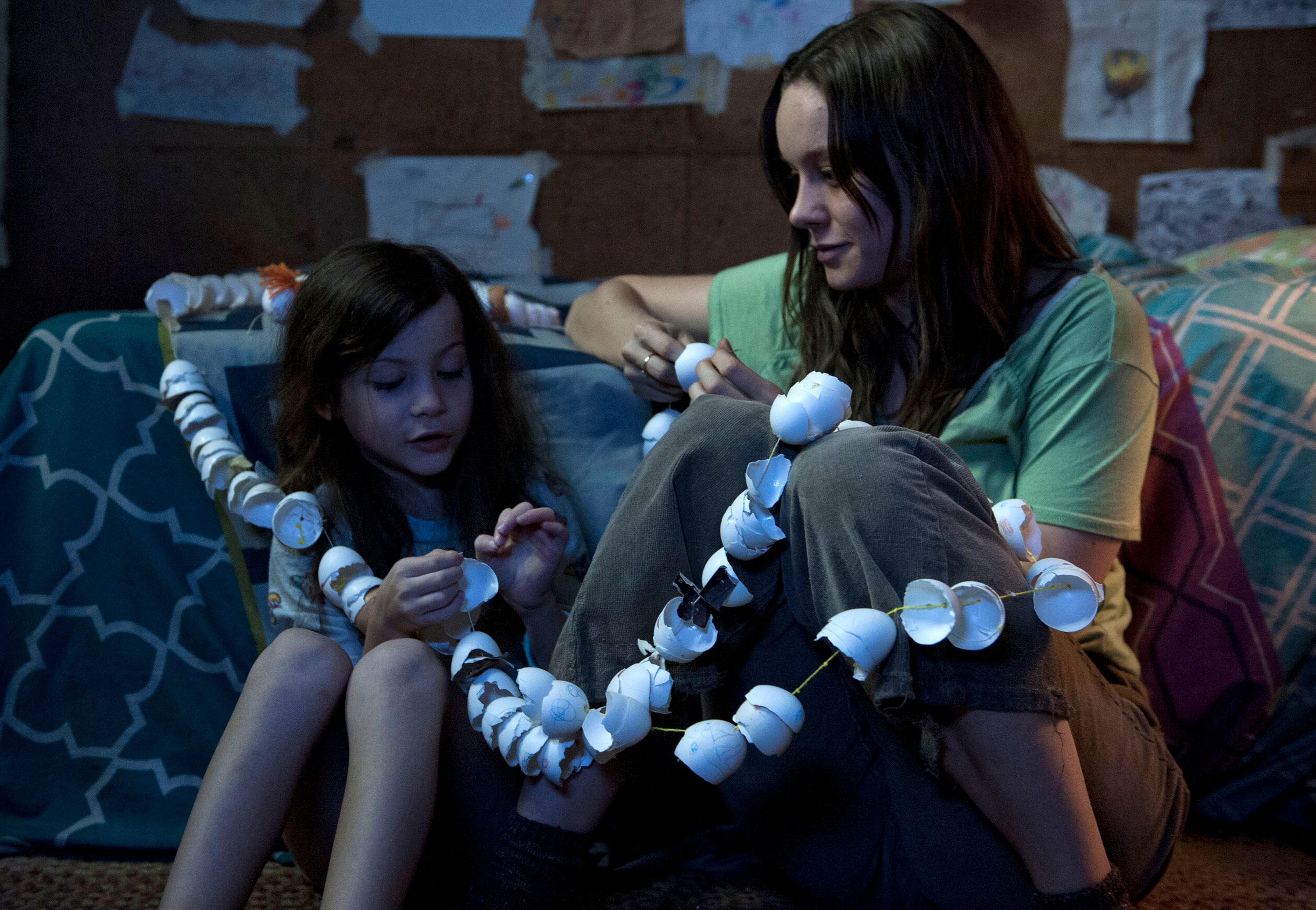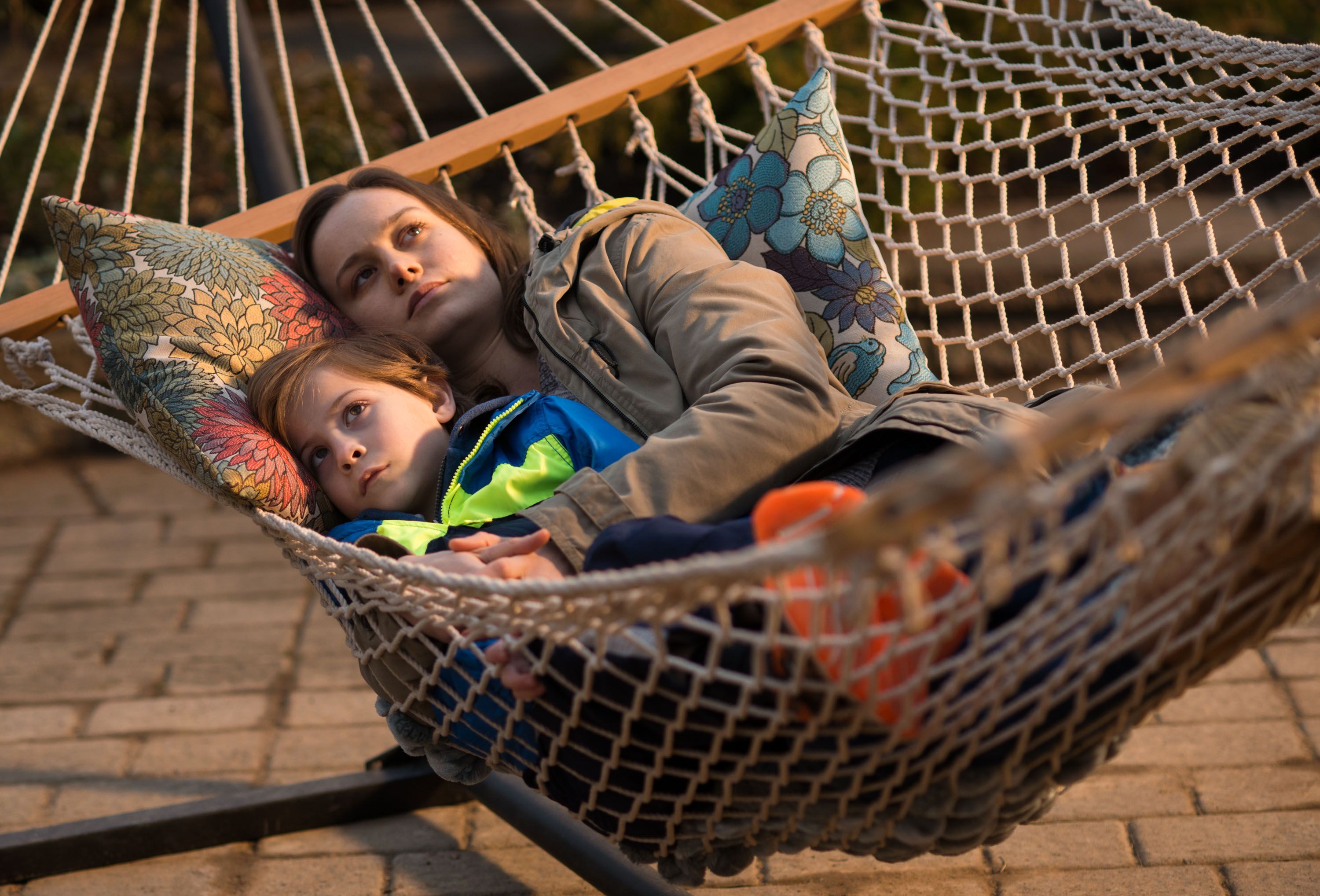Emma Donoghue scored loads of acclaim and accolades after Room was published in late 2010 and now Donoghue, director Lenny Abrahamson and stars Brie Larson and Jacob Tremblay are receiving similar praise for their film adaptation.
Larson plays Ma and Tremblay steps in as her five-year-old son Jack. They live in “Room” and as far as Jack knows, that’s all that exists. It’s a windowless 10-by-10-foot space, but Ma has managed to build a life for them there, teaching Jack, playing with him and doing whatever it takes to keep him happy, healthy and safe. However, eventually the time comes when Ma fears that she can no longer guarantee Jack’s well-being, so she devises a plan to break out, escape their captor and return to the real world.
Donoghue wrote a remarkable book, but did she achieve the same with a screenplay? Check out some of the major changes she made and how well they played.
Warning: There are MAJOR spoilers in this article for Room the movie and Room the book.
There’s Minimal Narration
There are a number of reasons why Room is an especially challenging book to adapt, but the one that I suspect could have sunk the big screen rendition is how Donoghue approached the narration. The entire novel is narrated by Jack, which is a downright brilliant decision. Prior to his fifth birthday, Ma basically constructs and lives in Jack’s world. Everything has a proper name - Rug, Wardrobe, Door, etc. - and they operate on a schedule that will keep him as healthy and happy as possible. However, little does he know, certain parts of his daily routine are there to better their chances of going home. It’s a shocking, warped way of living, but what makes Room such a thoughtful, poignant piece of work is how Donoghue presents it all. Rather than throw all the details at you via a character who is well aware of what she’s lost, Jack’s narration lets you view the situation from a completely fresh standpoint, adding a number of unique, powerful layers to the story. Room isn’t just about getting out and getting home. It’s about how the experience changed them and there’s no purer way to convey that than via the perspective of a child.
There was no way Jack could break down each and every moment of Room the movie. It’s tough enough to naturally incorporate just the slightest bit of voiceover, a whole movie’s worth would have felt forced and grown tiresome. However, it also seemed highly unlikely that Abrahamson and his team would be able to find a young actor who’s capable of conveying all of the thoughts and emotions that Jack expresses in the book, but they certainly did the impossible in that department because Tremblay is a revelation. He’s incredibly natural and charismatic, has a mesmerizing on screen presence and loads of chemistry with Larson. Tremblay definitely did his job exceptionally well and then Abrahamson, cinematopgraher Danny Cohen and editor Nathan Nugent took it to another level. They knew exactly how to shoot Tremblay’s performance and just the right moments to cut to him. Just take a look at this clip from the film that A24 released. Abrahamson totally could have held on Larson after she says, “I don’t know what’s wrong with me,” but instead he switches to a shot of Tremblay during which you can practically see the wheels in his head turning.
There Are Fewer Supporting Characters
After the escape, Jack and Ma strike up/rekindle relationships with a number of key supporting characters. As we see in the film, there’s Grandma and Leo (who’s affectionately called Steppa in the book, a play on the title step grandpa), but the novel also has Dr. Clay, Noreen, Paul, Deanna and Bronwyn.
Paul is Ma’s brother, Deanna is his wife and Bronwyn is their young daughter. I always liked their involvement in the book for one specific reason—the trip to the mall. It’s got this wonderful, darkly comedic vibe to it that highlights how drastically different Jack’s upbringing was from Bronwyn’s. Bronwyn is essentially a spoiled brat who whines to get her way whereas Jack is an eloquent five-year-old who doesn’t understand the most basic things about the way life on the outside works, like the need to pay for things. The more Jack interacts with Paul, Deanna and Bronwyn, the more he experiences social norms and it’s interesting to watch him process them.
Sadly we don’t get this in the film, but what could have been their screen time is wisely given to Grandma and Leo instead. Room is an intense, heart wrenching film and while Grandma and Leo don’t step in and simply save the day, both Joan Allen and Tom McCamus bring a much needed sense of warmth and security to the situation. Plus, the part with Leo’s dog Sheamus might be the most joyful scene I’ve seen all year.
As for Dr. Clay and Noreen, due to the way Donoghue structured the big screen version of the story, they just become unnecessary. In the book, we spend much more time at the Cumberland Clinic where Ma and Jack receive medical attention until they’re ready to live on their own. While it’s interesting to see a doctor’s perspective on what they went through and how to rehabilitate them, Room clocks in at 118 minutes. There would have been no way to do Dr. Clay and Noreen justice while also making Grandma and Leo such strong characters.
It Could Have Been Even Tougher to Watch
You think Jack and Joy’s story was a tough watch on screen? Donoghue had many more gruesome, heartbreaking details in the book. The omission that stands out most is Ma’s stillbirth before she had Jack. There’s no doubt that Larson and Tremblay could have worked wonders with that scene and I think the information could have helped put what life was like for Ma and Old Nick pre-Jack into perspective, but the film certainly isn’t any less profound without it.
Another detail from the book that’s stuck with me more than most is Jack’s obsession with Bad Tooth, Ma’s rotten tooth that finally falls out after eating a bagel in Room. Jack keeps it and has a habit of sucking on it throughout the rest of the book. It’s a cringeworthy detail that you ultimately grow attached to because Jack uses it as a security blank of sorts when he and Ma are separated. Despite the fact that Tooth grew on me quite a bit in text, seeing a kid suck on a rotten tooth on screen might have actually taken me out of the story. And the same goes for the breastfeeding as well. In the book, Ma is constantly breastfeeding Jack and when she isn’t, he’s thinking about it. It’s a vital detail that says a lot about what they had to do to survive in Room and how drastic of an adjustment it is to fit in in the real world, but again, seeing it is very different from reading it.
Closing Thoughts
Donoghue absolutely nailed this adaptation. Room is a prime example of someone taking stellar source material and making the necessary changes to ensure that it plays well, if not better, in a different format. Hopefully you’ve read and seen Room if you’ve hit this point of the article, but what I love so much about Room the movie is how well it complements the book. For those who’ve read the book but haven’t seen the movie, being able to actually see everything play out on screen is wildly moving, and if you’ve seen the movie but haven’t read the book, getting the additional details from the source material will wind up enriching the film.





